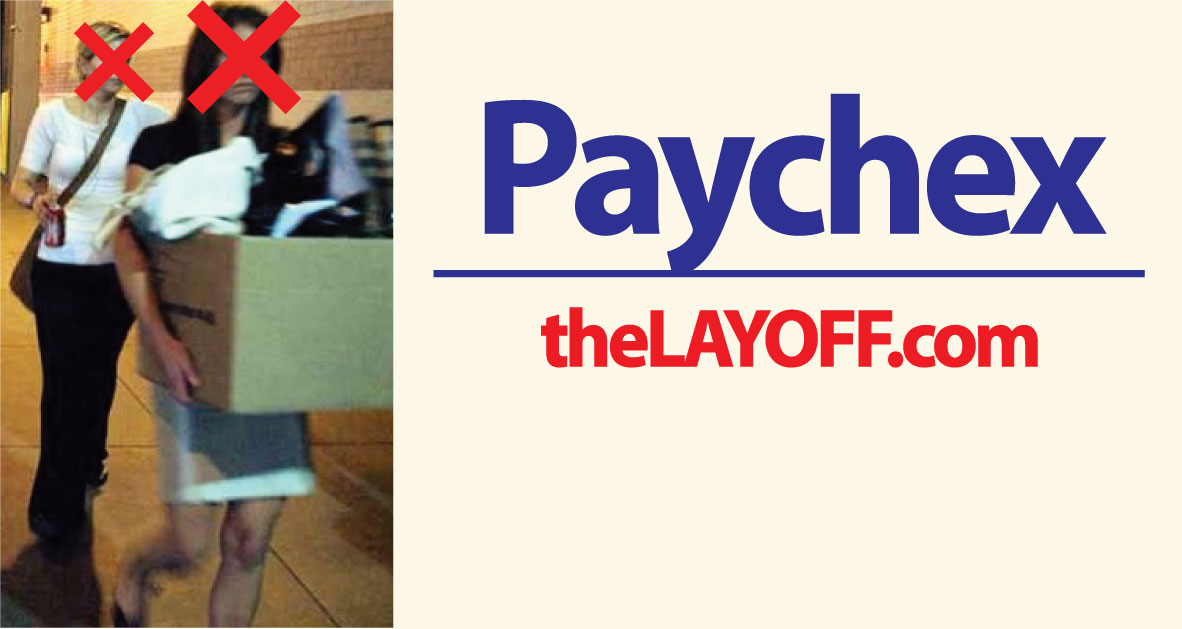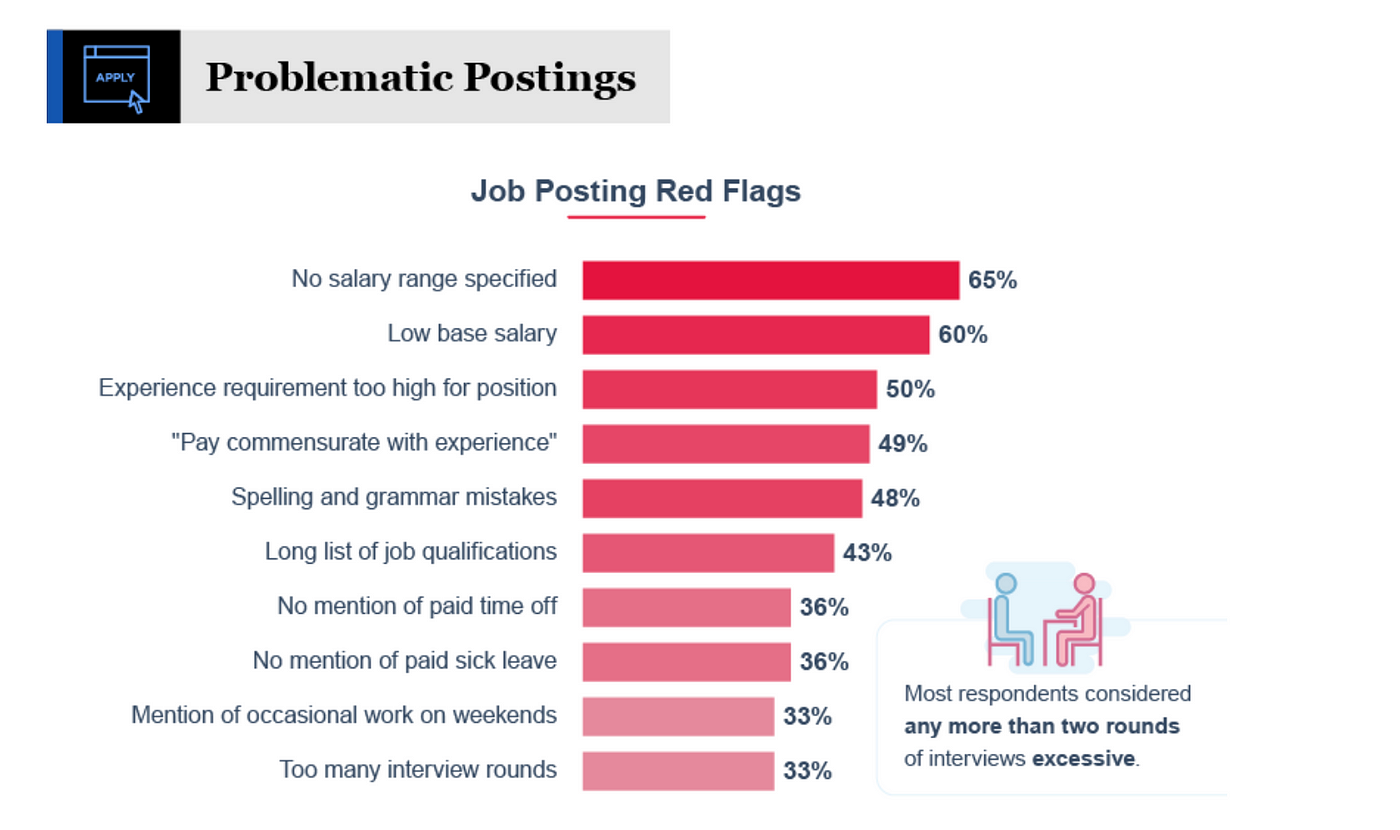Paychex Layoffs 2025: Navigating Uncertainty & Future Prep
Are Paychex employees facing a turbulent 2025? The specter of potential layoffs casts a long shadow, demanding proactive strategies for those within the company and those seeking to understand the broader employment landscape. The future, always uncertain, requires a level of preparedness that goes beyond mere speculation; it necessitates a clear-eyed assessment of potential risks and a commitment to building a resilient professional foundation.
The looming possibility of job cuts at Paychex in 2025 triggers a multitude of questions for employees. What factors contribute to such decisions within a company that processes payroll and offers HR solutions to a vast clientele? How can individuals safeguard their careers, and what steps can they take to position themselves for success, whether they remain with Paychex or seek opportunities elsewhere? The answers are complex, intertwined with the economic climate, the competitive pressures within the human resources technology sector, and Paychex's own strategic goals.
The recent economic shifts, inflation rate and interest rate in the market are some of the key factors that influence the decision to go for layoffs. In the ever-evolving landscape of business, strategic decisions are often shaped by a multitude of factors. In the case of companies like Paychex, a leading provider of payroll, HR, and benefits outsourcing solutions, understanding these influences is paramount for employees, investors, and anyone following the company's trajectory. Several key elements frequently come into play when organizations consider restructuring, including the possibility of workforce reductions.
One significant driver is the overall health of the economy. Economic downturns, characterized by reduced consumer spending, decreased business investment, and rising unemployment, can significantly impact companies. When economic activity slows, businesses across various sectors may experience reduced demand for their products or services. This, in turn, can lead to decreased revenue and profitability, forcing companies to take cost-cutting measures. These measures often include workforce reductions, salary freezes, or a reduction in operational expenses. A company like Paychex, which serves a wide range of businesses, is not immune to these broader economic trends. If its clients, particularly small and medium-sized businesses, are struggling, Paychex may see a decline in its own business.
Another critical aspect to consider is the evolving competitive landscape within the human resources technology sector. This market is dynamic and highly competitive, with new players continually emerging and established companies vying for market share. Paychex faces intense competition from a range of companies, including ADP, Workday, Ceridian, and smaller, more specialized HR technology providers. These competitors continuously innovate, developing new software, features, and pricing models. To remain competitive, Paychex must continually invest in its own technology, adapt to changing market demands, and streamline its operations. This can sometimes lead to restructuring efforts, including layoffs, as the company strives to become more efficient and agile. The company's ability to integrate emerging technologies like artificial intelligence (AI) into its product offerings, and offer comprehensive services, are important for competitive position.
Furthermore, technological advancements can significantly impact the need for certain types of roles within a company. Automation, in particular, can reduce the need for human labor in tasks that can be performed by machines or software. This impacts roles such as data entry, report generation, and certain customer service functions. While technology can also create new jobs (e.g., data scientists, software engineers), the initial impact can be a reduction in existing headcount. For Paychex, the increasing use of automation in payroll processing, benefits administration, and HR services may necessitate adjustments in its workforce.
The financial performance of Paychex itself is also a major factor. Publicly traded companies are under constant pressure to meet financial targets, such as revenue growth, profit margins, and earnings per share. If Paychex's financial performance does not meet expectations, the company's leadership may implement cost-cutting measures. Such measures may include reducing operating expenses, freezing hiring, or, as a last resort, workforce reductions. The quarterly and annual financial reports of Paychex provide important insights into the company's financial health. By monitoring these reports, employees and investors can gain a better understanding of the company's performance and the likelihood of future changes.
Strategic initiatives also play a role. A company's strategic priorities change over time. If Paychex decides to shift its focus to different market segments, or to invest heavily in new product development, it may need to reallocate resources. This may involve increasing staff in some areas while reducing it in others. Acquisitions and mergers can also lead to workforce adjustments. When Paychex acquires another company, there is often overlap in roles and functions, leading to redundancies. Such strategic decisions, while made to improve the companys overall prospects, often have implications for individual employees.
Beyond these internal factors, the broader economic climate and industry trends play critical roles. A recession, a decline in consumer spending, or shifts in regulatory landscapes all can affect Paychexs business and, consequently, its workforce. Increased labor costs, changes in healthcare laws, or the rise of remote work models can necessitate organizational adjustments. Competitor actions, such as strategic acquisitions or product launches, also influence the environment in which Paychex operates, and may necessitate a response that impacts staffing levels.
Considering these factors, employees at Paychex need to adopt a proactive and forward-thinking approach. This involves staying informed about company performance, industry trends, and economic forecasts. Employees should actively seek opportunities to enhance their skills and develop expertise that is in demand. Networking within and outside the company can be invaluable, as it provides access to job opportunities and insights into potential career paths. Staying informed also requires understanding the company's financial health. Access to the company's financial statements and reports is crucial, and those should be analyzed, to gauge the potential impact of factors that may be at play.
For those potentially facing job displacement, several strategies are essential. A strong resume and a well-crafted LinkedIn profile are fundamental. Regular networking with industry professionals and former colleagues provides valuable opportunities. Employees need to be prepared to articulate their skills, accomplishments, and experiences in a clear and concise manner. The development of a personal brand, reflecting your unique strengths and professional identity is an important step in the process.
Moreover, developing new skills and staying current with industry trends increases adaptability. Online courses, professional certifications, and industry events offer opportunities to update knowledge and expertise. These skills can be critical in the ever-changing environment. Financial planning is also crucial. Establishing an emergency fund, managing debt, and reviewing investment strategies will provide employees with financial security in the face of economic uncertainty. It is also important to understand the benefits that are available in the event of a layoff. Employees should have a clear understanding of severance packages, unemployment benefits, and any other resources that may be available from the company or government.
Paychex's response to these challenges will be crucial. Proactive communication with employees is paramount. This includes transparently communicating any potential workforce changes, the reasons behind them, and the support available to those affected. Support services, such as career counseling, outplacement services, and financial planning resources, can ease the transition for those impacted by layoffs. Investment in employee development, including training programs and opportunities for skill enhancement, will help employees adapt to changing roles within the company and improve their long-term career prospects. A commitment to corporate social responsibility, including fair and ethical treatment of employees, enhances the company's reputation and builds employee trust.
In conclusion, navigating the uncertainty surrounding potential Paychex layoffs in 2025 requires a multifaceted approach. Employees must be proactive, staying informed, enhancing their skills, and building a strong professional network. Those potentially affected need to prepare their resumes, leverage their networks, and develop financial strategies. Paychex itself has a crucial role, particularly in communicating with employees transparently, providing support, and investing in employee development. This approach isn't simply about surviving potential job cuts; it's about thriving in a dynamic and evolving job market, and for individuals and the company alike, the future is best approached with foresight, preparation, and resilience.
The employment landscape is constantly shifting, and the potential for layoffs is a reality in many sectors. However, by understanding the underlying drivers of these decisions, and by taking proactive steps, individuals can navigate these challenging times with greater confidence and ultimately, build a more secure and fulfilling professional future.


